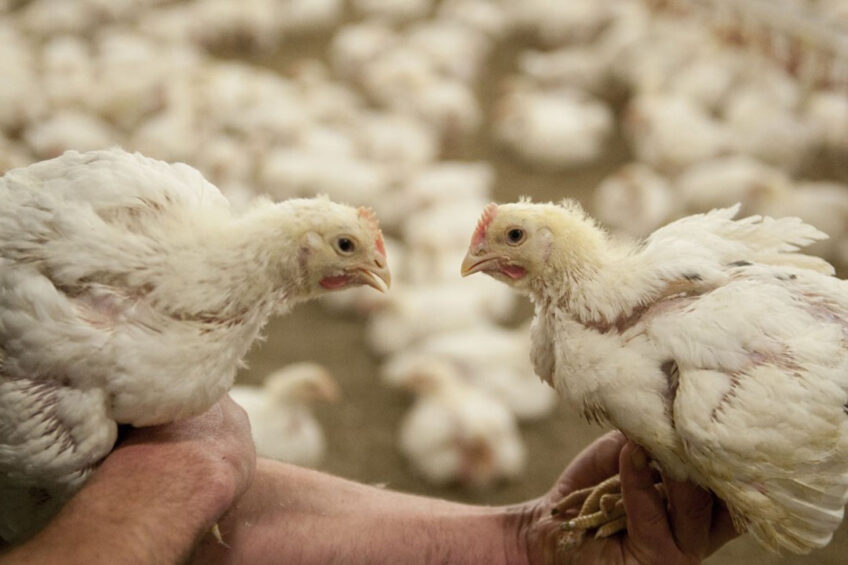White feather broilers take increasing market share in China

In 2023, poultry production is expected to remain stable at 14.3 million mt with white feather broilers’ share of overall chicken production expected to take some share of yellow feather broiler production. Meanwhile, poultry exports are expected to increase as demand resumes.
Steady poultry production in China
China’s chicken production includes white feather broiler (white broiler), yellow feather broiler (yellow broiler), spent hens and hybrid (817) chickens. In 2023, China’s poultry production is expected to remain stable at 14.3 mmt as increased production of white broilers displaces yellow broiler production.
Poultry consumption in China expected to grow
As China’s zero-tolerance Covid-19 policies remain in effect, and large gatherings, conferences, and other events are expected to continue to face cancellations and postponements, growth in consumption of chicken products will be affected.
However, the African Swine Fever outbreak in China’s pig herd in 2018, coupled with high pork prices, caused many consumers to incorporate an increasing share of poultry products into their daily diets. This shift in preference has remained the new normal, even as prices for pork products declined in 2021 and remained relatively stable in the first half of 2022.
In 2023, domestic poultry consumption is expected to grow by 1% as consumers are expected to continue incorporating more poultry products into their diets, despite the challenges facing the HRI sector, in particular.
Convenience in ready-to-use, cook and eat
In China, improved processing technologies and ready-to-eat poultry products are boosting consumer interest in poultry products. Companies are expanding food processing facilities and investing in technologies to produce the ‘3Rs’, namely ‘ready-to-use’, ‘ready-to-cook’ and ‘ready-to-eat’ foods.
Imports of poultry products rebound
In 2023, Chinese imports of poultry meat products are expected to rebound to 750,000 mt; however, global animal diseases such as avian influenza could halt this. Imports of poultry genetics also remain uncertain for the same reason. White broiler grandparent stock imports into China are overwhelmingly from the US and New Zealand. US poultry imports are expected to be further constrained by a strong US dollar vis-à-vis other suppliers such as Brazil and domestic production.
Poultry exports are increasing
In the first half of 2022, exports of chicken products from China saw a nearly 28% growth year-over-year. China’s 2023 chicken exports are expected to reach 575,000 mt as Japan and Hong Kong resume normal operations and demand builds in new markets. Hong Kong is expected to remain the largest market for China’s exports of fresh/chilled chicken and processed chicken products. The EU, the UK, and countries in Southeast Asia are expected to provide growth opportunities.
Chicken paws
China’s chicken paw imports have grown over the last 5 years and demand is expected to continue in 2023. From January to July 2022, China imported nearly 384,000 mt of chicken paws. The US was the main supplier (155,000 mt), followed by Brazil (96,000 mt) and Russia (48,000 mt). The US dominates China’s chicken paw imports market due to its unique “jumbo” paw, which are preferred for their uniquely large size. However, with current bird flu restrictions on US poultry products, it is uncertain to what level the US will be able to supply chicken paw products to China in 2023.
The information in this article has been extracted from a USDA report.












